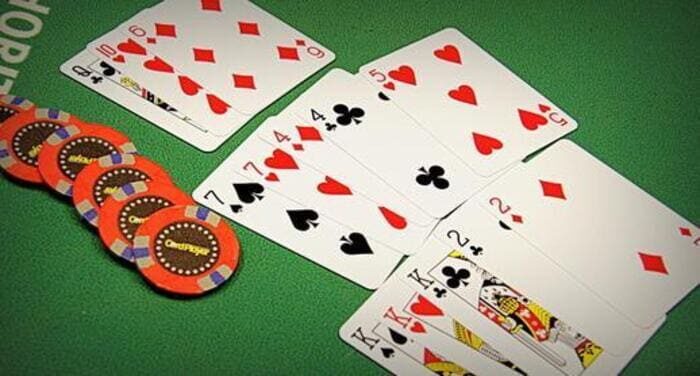A motorcycle poker run is an organised bike ride in which participants visit a series of checkpoints along the way and collect playing cards at each stop. The more cards a participant has at the end of the event, the better chance they have of winning a prize. Poker runs are very popular amongst motorcyclists, who enjoy the adrenaline rush of racing down a great stretch of road and chatting with their mates about their latest bike purchases or maintenance tips.
Many poker runs are also charity-based events, which give riders the opportunity to go on a bike trip through areas they have never seen before while raising money for a good cause. The biggest poker runs are often organised by bike clubs, and can attract thousands of participants from across the country. The popularity of these events has seen them become a regular part of the biking calendar.
While it may seem like a simple idea to organise a bike poker run, it is actually quite a complex undertaking. To hold a successful event it is essential that you have the right people to help. This will include coordinators and volunteers who can answer questions, give out prizes, sell T-shirts etc. It is also a good idea to have people who can ride the route on the day of the poker run and keep an eye out for any riders who break down or get lost. Ideally, these people should have walkie-talkies or cell phones so that they can communicate with each other and coordinate with the other coordinators at each stop.
It is also a good idea to have some people at each stop who can hand out participation coupons and stamp them at the checkpoints. These people can also offer drinks and snacks at each stop. They can also sell 50/50 chances or extra cards at each stop before the drawing. The more activities you have at the stops, the more popular your event will be.
The most important thing to remember when planning a poker run is that the safety of all the participants should be your top priority. Make sure that all participants are properly insured and have a full set of biker gear. It is also a good idea to plan the route well in advance and have backup plans in case of bad weather.
Once the event is over, it is also important to send out thank you notes to anyone who helped out, donated a prize or volunteered their time. This will make them more likely to help out again next year! Be sure to save all of the registration forms as well. This will be a valuable source of information for your marketing and promotion efforts for future events.
